The U.S. Department of Health and Human Services recently released the Physical Activity Guidelines for Americans Midcourse Report: Implementation Strategies for Older Adults. This document reinforces the amount and types of physical activity older adults need and provides strategies to increase physical-activity levels in this population. Importantly, strategies are discussed for everyone from policymakers to healthcare providers, from exercise and health professionals to local leaders.
This document is essential reading for anyone working with older adults to increase their physical-activity levels. In addition to the Midcourse Report itself, check out the Top 10 Things to Know About the Midcourse Report, where you can read key findings and practical takeaways that will help you learn more about your role in the mission to help older adults get more active.
While the physical-activity guidelines themselves are essential for all health coaches and exercise professionals to understand, nothing has changed in terms of the amount or types of exercise needed or the seemingly endless list of benefits for older adults. The focus of this report is on taking a holistic look at what may be preventing some older adults from being physically active—whether that’s access, understanding, safety or any of a number of other potential variables—and then empowering them to move more by implementing strategies to overcome those barriers.
What Was ACE’s Role in this Report?
As part of the process of developing documents like this one, the federal government offers a draft for public comment. ACE welcomed the opportunity to ensure that the voice of not only the organization as a whole, but also the voices of individual ACE Certified Professionals, are represented among those who work with older adults on a daily basis to increase their physical-activity levels and make positive lifestyle changes.
“As part of our Mission to Get People Moving, it is critical that ACE helps inform and shape federal policy and guidance on the role and impact of physical activity and exercise on the health of individuals living in the United States,” says Graham Melstrand, ACE Executive Vice President, Community Health and Wellness Services. “For the Physical Activity Guidelines for Americans Midcourse Report: Implementation Strategies for Older Adults, it was critical to specifically name exercise and health professionals as essential resources in communities that can provide the programs, leadership and expertise necessary for older adults to live their healthiest, most active lives.”
ACE’s feedback, much of which was incorporated into the final draft, centered on exactly that—better representation of exercise professionals and health coaches in discussions of behavior change and overcoming barriers to participation in physical activity. After all, few professionals are more involved with “implementation strategies” than health coaches, personal trainers and group fitness instructors.
What This All Means to You
A primary focus of the Midcourse Report is the many individuals, organizations and government officials (federal, state and local) who directly impact the physical-activity levels of older adults. Some of these may be obvious, such as group fitness instructors leading older adult–specific classes and gerontologists and other clinicians who should be empowering their patients to be more active. Others may be less so, including those who design public spaces to ensure they are safe and accessible for everyone who wants to use them and local decision makers who allocate funding for projects in their communities.
As an ACE Certified Professional, you fall into the first group featured in the report:
“Professionals working with older adults one-on-one or in small-group settings are in key positions to support and encourage them to increase their physical activity levels through direct interactions and services.
Professionals working with older adults can:
- Help them set self-selected physical activity goals, monitor their progress, use problem-solving to overcome barriers to physical activity, and build social support
- Consider individual factors, social and environmental factors, and cultural factors when providing tailored physical activity guidance
- Help older adults transition from programs or care within the health care setting to community programs by providing referrals to exercise and health professionals or programs and resources that fit their needs
- Provide guidance and recommendations to help older adults engage in more physical activity, such as through active transportation and leisure-time physical activity
- Use Move Your Way resources to communicate the benefits of physical activity to older adults”
In addition, there is an opportunity for health coaches and exercise professionals to collaborate with other key players. For example, organizations discussed in the report include not only health and fitness centers and parks and recreation departments, but also faith-based institutions, senior living residences and other places where you can expand your network, make a bigger impact and reach new clients or participants.
You can also use your voice to be an advocate for the health and fitness of older adults and others in your community by reaching out to policymakers and those working on public transportation policy and urban planning, for example.
Health coaches and exercise professionals who work with older adults get the opportunity to see on a daily basis the tremendous impact that physical activity has on not only their health and wellness, but also their quality of life and sense of joy. Use the strategies presented in this report to better serve your older adult clients and collaborate with like-minded individuals and organizations to make an even bigger impact.
View and share a quick summary about the Physical Activity Guidelines for Americans and key definitions:




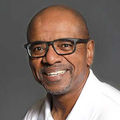 by
by 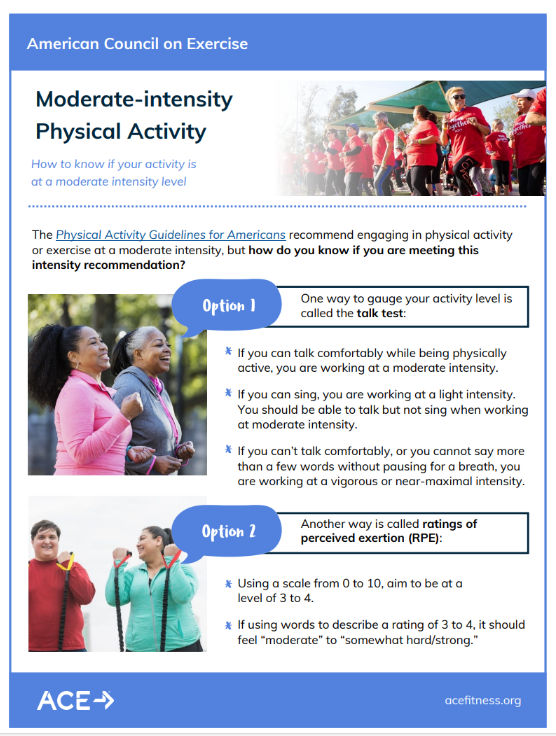
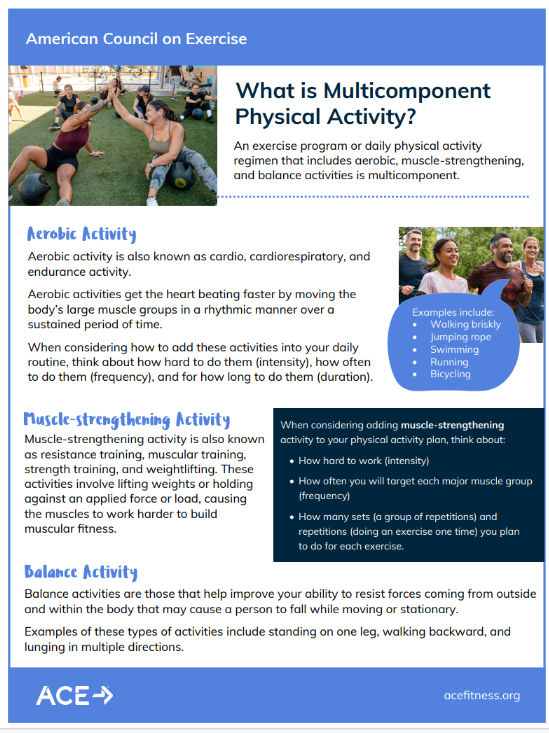
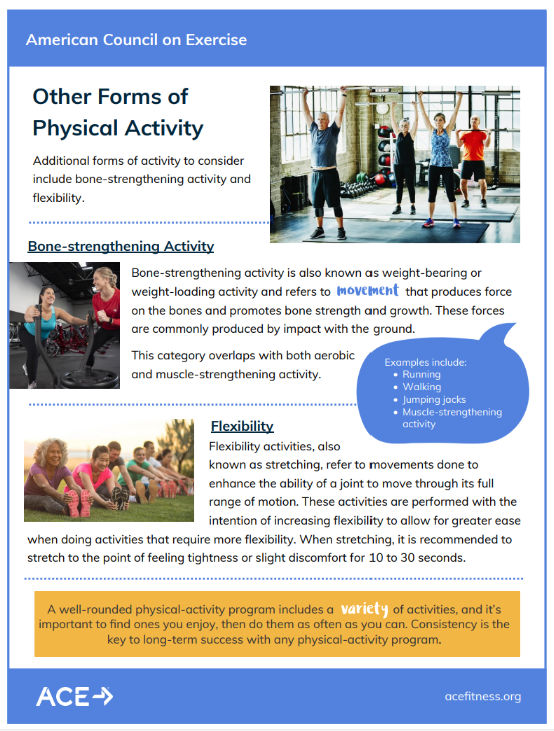






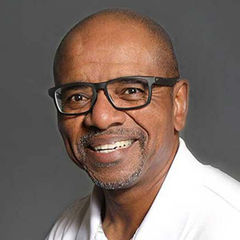


 by
by